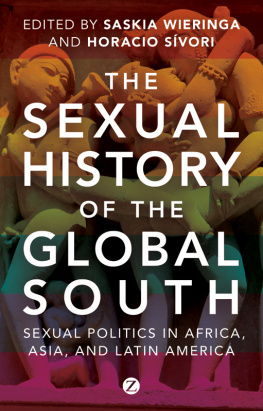Contents
Guide
M y thanks are due above all to my sister, who listened carefully as she lay dying (she was by far the best listener I know), asked a pertinent question or two, broke into the occasional chuckle, and then urged me once again to put it all down on paper. I am sorry Sita, that I couldnt finish this in time. But I hope it will still raise a smile or two up there.
My thanks to my sons Eknath and Chetan, and nephew Rahul, who were enthusiastic companions on one of these trips. Many thanks to Anjali, who was with me on three of them, (and many more not included here), and who with her gift for empathy, and an adventurous taste in food, managed to surmount impossible language and culinary barriers, leave a trail of local friends behind, and pass on quirky insights that I would otherwise have missed. She receives more postcards than I do. Likewise to Sultana, who normally wings it (as her day job), but derives a great deal of enjoyment out of all modes of travel, such as rising to the challenge of trading a designer Kaftan for three nights of accommodation in a guest house in the old city in Bokhara. Thanks also to Lupe Coromina who introduced me to parts of the Philippines an outsider would never get to, and to many other companions of the road. Keep truckin all of you. (I should hasten to add however that a serious traveller tries to travel alone, as I usually did).
Many thanks to all those who put me up on the way, providing much needed interludes of comfort and insight into the countries I was passing through, among them Aruna Amirthanayagam in Addis, Ali Azimi in Manila, the Caprihans in Rio, Gillian Mellsop in beijing, Firoz Manji in Dar, Yashpal Tandon in Kampala, Orly and Ched Sacay on their island in Coron, the Philippines (Orly, dont build a resort on it, please!). thanks also to Kishore bhimani, Malti Narain and Pradip Narain for jogging my memory on our trip to berlin.
Kiran Doshi went well beyond the call of duty and read the entire manuscript, and Poonam Madan, ranjan Pal, Philippa Vaughan, Gauri Dange, Vandana Mohindra, and Lola and Owain Jones (of the China road) read bits and pieces. they encouraged me to keep going, and I am sorry I couldnt come up with all the improvements they suggested. thanks to Nandini Mehta, Amit barua, bhaichand Patel, Gautam bhatia, rahul Singh, Juliet reynolds, Javid Laiq, Vaiju Naravane, and KD Singh (may he rest in peace), for putting me in touch with prospective publishers, and to Murad Ali, for succeeding where all others had failed. thanks also to Ashok Dhawan and romy Khosla for advice on the maps, Sachin Pradhan for preparing the map on China, Lalit Arya for preparing the remaining maps, and Vimal Mohindra who contributed generously of this time and image processing skills as an honorary consultant.
It was with deep sadness that I got news as this book was being put to bed that Suresh Gopal, my publisher, had passed away. thanks Suresh for taking this book up, and for all your interest and encouragement. We will miss you. And many thanks to Jyoti Mehrotra, Development editor at bloomsbury, for seeing it through.
I am grateful to Outlook Traveller for allowing me to use bits of the piece on Yemen that appeared in that magazine as a cover story, Outlook magazine for allowing me to borrow from the Diary pieces I did for them on Manila and Patagonia, and Himal Southasia for letting me use parts of an article on tourism in South Asia. Many thanks to Leighton Park School for their wonderful travel scholarship scheme which sent me to Spain and Morocco while I was still in my teens, and to my mother for uncomplainingly typing out the entire manuscript of the longish report I then had to submit, which lies safely in the school library after 55 years! Finally, this is a good opportunity to express my appreciation to Lonely Planet, who without their knowing it were friend and philosopher as well as guide, providing much needed context to what one saw (not to mention ballast to my pack). They were not around when I started travelling, but beyond a certain age one settles for a reduction of the glorious unpredictability of travel that carrying a guide book entails, in return for all the logistical smoothening advantages. Guide books deal also with the increasing complexity of visa and other travel regulations. Let us hope that these are but a passing phase in the history of travel.
Anderson, Jon Lee. Che Guevara: A Revolutionary Life. New York: Bantam Books, 1977.
Aiyar, Pallavi. Smoke and Mirrors: An Experience of China. New Delhi: Fourth Estate, 2008.
Chatwin, Bruce. In Patagonia. London: Vintage, 2005.
Cherry-Garrard, Apsley. The Worst Journey in the World. Penguin, 1970 (first published by Chatto and Windus, 1922).
Dalrymple,William. In Xanadu: A Quest. London: Flamingo, 1990.
Darwin, Charles. Voyage of the Beagle. London: Penguin, 1989.
Frater, Alexander. Beyond the Blue Horizon. London: Penguin, 1987.
Gifford, Rob. China Road: A Journey into the Future of a Rising Power. New York: Random House, 2008.
Hamilton-Paterson, James. Playing with Water: Passion and Solitude on a Philippine Island. Twentieth Century Lives, 1987.
Kempe, Frederick. Berlin 1961: Kennedy, Krushchev, and the Most Dangerous Place on Earth. New York: Putnam, 2011.
Mackintosh-Smith, Tim. Yemen: Travels in Dictionary Land. London: John Murray, 1997.
Murphy, Dervla. In Ethiopia with a Mule. Reprint. London: Eland Books, 2012.
Naipaul, VS. Argentina: Living with Cruelty. New York Review of Books, January 30, 1992.
Obermaier, Hugo. In the Tracks of Prehistoric Man.
Rizvi, Janet. Ladakh: Crossroads of High Asia. New Delhi: Oxford University Press, 1983.
Seth, Vikram. From Heaven Lake: Travels through Sinkiang and Tibet. London: Chatto and Windus, 1983.
Theroux, Paul. Sir Vidias Shadow: A Friendship Across Two Continents. London: Hamish Hamilton, 1998.
Theroux, Paul. The Tao of Travel. London: Hamish Hamilton, 2011.
Wrong, Michela. I Didnt Do It For You: How the World Used and Abused a Small African Nation. Harper, 2005.

Chapter
I am not sure when I first got bitten by the travel bug. By the age of seven, I had already done five ocean voyages and spent three days on a flying boat. The flying boat in particular is etched into my earliest memories. My father had got a job in New York with the UN just after independence, and we had to fly the first leg of the journey to England. Those were the last days of flying boats, planes that did not need expensive runways but landed and took off with a huge splash in the water. They had strong, square-shaped hulls and a float at the end of each wing. However, they didnt fly very fast, and it took three days to do the trip from Karachi to Southampton.
This was down considerably from earlier days when the England to Australia run used to take two weeks and about 55 stops! Still the mail got across in less than half the time it took by sea. In those early days, when the planes were smaller, they landed not just on the sea but on rivers and lakes on the way, to refuel and drop off passengers. A timetable from the 1930s for Imperial Airways shows the plane from Australialeaving Calcutta at 5.30 in the morning, and hopping through Allahabad, Cawnpore, Delhi, and Jodhpur, to reach Karachi in the Evening (no time given). On other days of the week, it left Calcutta at mid-day and stopped for the night, landing on a lake near Gwalior (for Delhi). The next morning it flew on to Karachi through Rajsamand, near Udaipur.

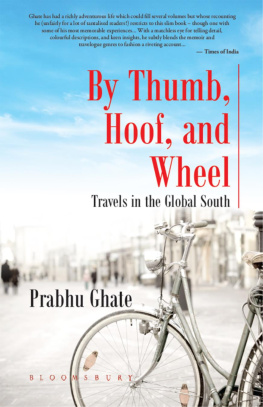
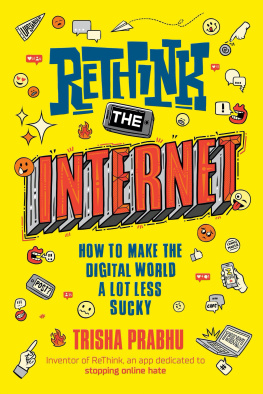
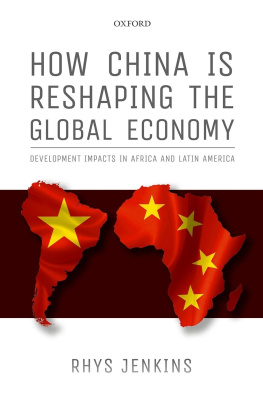

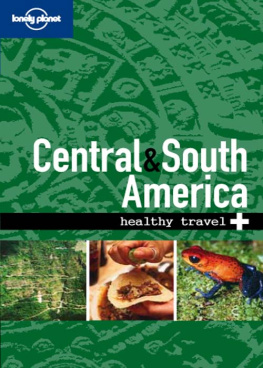
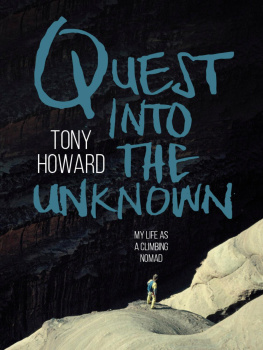
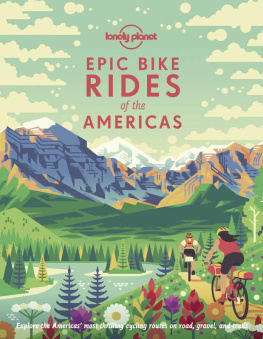
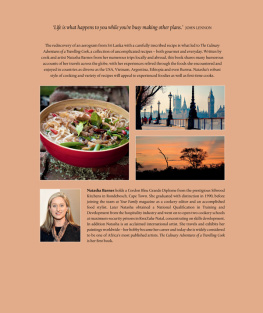
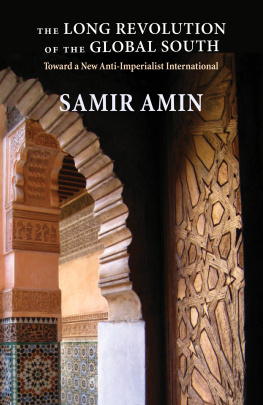
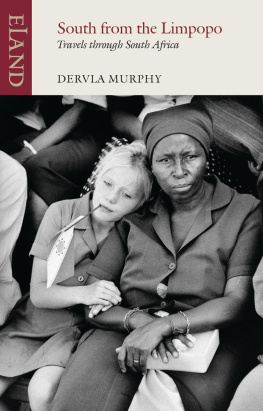
![Anirudh Prabhu [Anirudh Prabhu] - Beginning CSS Preprocessors: With SASS, Compass.js and Less.js](/uploads/posts/book/119148/thumbs/anirudh-prabhu-anirudh-prabhu-beginning-css.jpg)
